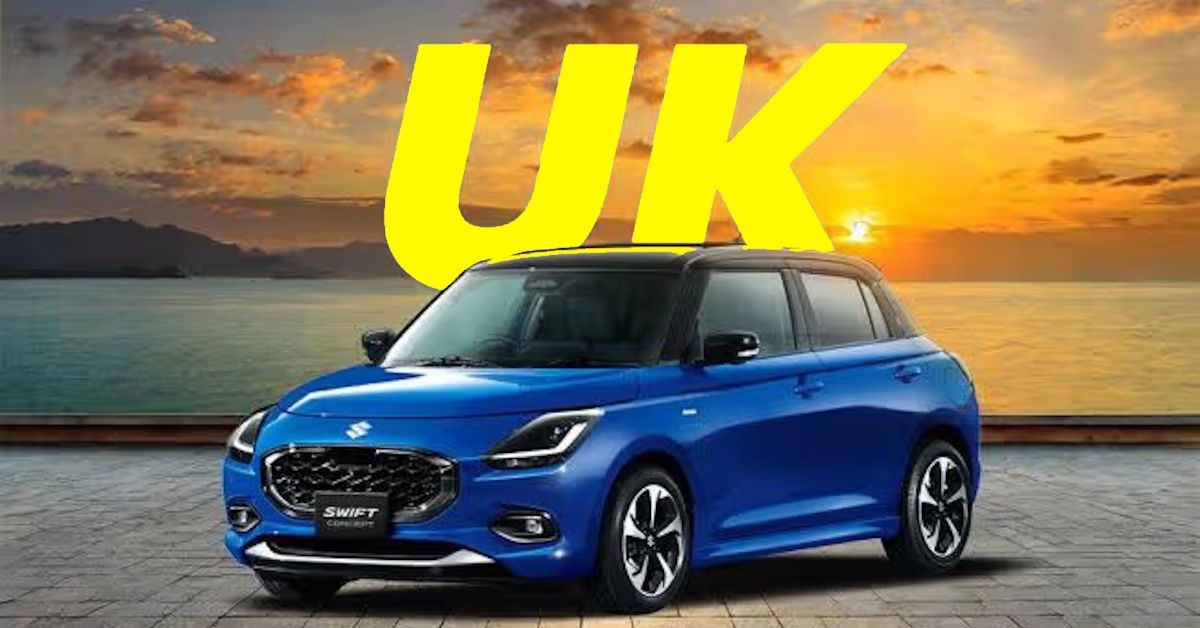Marutis And Mahindras Will Soon Be Seen On UK Roads: Here's Why


The newly concluded Free Trade Agreement between India and the United Kingdom is more than just a symbolic handshake across borders. For Indian carmakers like Maruti Suzuki and Mahindra, it offers a rare tailwind that could steer their electric vehicle ambitions into Britain’s maturing and competitive EV market. With tariffs on qualifying automobiles dropping from 10 percent to zero, cost-effective Indian EVs now have a clearer path to European driveways.
The key clause is the FTA’s tariff waiver for vehicles that comply with rules of origin norms. This provision rewards companies that manufacture vehicles in India using locally sourced components, and it sets the stage for Maruti and Mahindra to compete on pricing without sacrificing margin. The move comes at a time when the UK is preparing to phase out new internal combustion engine vehicles by 2035, creating a vacuum in the affordable EV segment that Indian brands are uniquely positioned to fill.
Mahindra’s upcoming BE 6 and XUV 9e, designed with global markets in mind, will benefit immediately. Likewise, Maruti Suzuki’s e-Vitara, co-developed with Toyota and produced at a Gujarat facility, has already been earmarked for export to the UK.
Mahindra has made its intent clear. Its entry into the UK will be phased and deliberate. Right-hand-drive models tailored for British sensibilities will lead the charge. Company executives have stressed a calibrated approach, aiming to avoid overreach and focus instead on sustainable growth. The BE 6, a five-seater mid-size SUV, and the larger seven-seater XUV 9e, are expected to undercut rivals such as Hyundai’s Kona and Kia’s Niro EV on price, thanks largely to lower manufacturing costs in India.
Maruti Suzuki, on the other hand, is leaning into its longstanding partnership with Toyota to fast-track its EV entry. The e-Vitara and Toyota’s Urban Cruiser EV will share underpinnings and be priced around 25000 to 30000 pounds. This could present a compelling alternative in a market dominated by the likes of the Nissan Leaf and the MG ZS EV. With an expected range of 300 to 400 kilometres, the Indian models are positioned not as stripped-down budget cars, but as practical, well-rounded family EVs.
The UK’s EV market is far from empty. Mahindra and Maruti will have to squeeze into a crowded field already brimming with established global players. Tesla, Volkswagen and BMW rule the premium end of the market. MG, Renault and Dacia offer value-driven options. And Chinese giants like BYD are expanding rapidly with aggressive pricing and tech-laden offerings.
What differentiates the Indian entrants is their ability to offer mid-tier products, neither luxury flagships nor budget boxes. The BE 6, for example, is expected to be priced around 35000 pounds, significantly lower than a similarly specced Hyundai Ioniq 5 at 43000 pounds. But competitive pricing alone will not guarantee success.
For many UK buyers, the Made in India label still carries baggage. Questions about quality, service and reliability will not vanish overnight. However, Mahindra’s success in overseas markets like Australia, and Maruti’s association with Toyota’s global reputation, lend credibility to their offerings.
To succeed, Indian automakers will need to forge partnerships with UK dealerships, charging networks, and possibly even collaborate with brands like Tata-owned Jaguar Land Rover to gain local traction. Visibility and trust will be critical currencies.
The FTA does not just enable Indian exports. It also opens doors for British luxury automakers like Jaguar and Rolls-Royce to gain easier access to India’s affluent customers. Yet the real game-changer lies in how the agreement democratises electric mobility in a market where affordability has long been a bottleneck.
By 2026, Indian EVs could claim between five and eight percent of the UK’s electric vehicle sales, according to estimates. Success will depend on timely production, robust distribution and creative marketing, not to mention technological adaptation in battery tech and charging support.
The competition is formidable. China’s BYD sold over 9000 vehicles in the UK in the first quarter of 2025 alone, and its Dolphin Surf EV, expected to launch below 20000 pounds, directly threatens Maruti’s e-Vitara. SAIC’s MG brand has the home-field advantage with established dealerships and customer trust, while Geely continues to expand through multiple sub-brands like Lynk & Co and Zeekr.
Kia’s EV3, priced at 30000 pounds and offering a 300-mile range, shares Mahindra’s mid-range value proposition. Meanwhile, Renault’s Dacia Spring, priced at 14995 pounds, may appear unbeatable, but its limited range and sparse features leave room for well-specced Indian models.
Where India’s EVs might shine is in balancing spec and price, something both BYD and MG may struggle with due to impending EU tariffs. The FTA ensures Indian vehicles will not face similar headwinds, offering a crucial cost edge.
To break through, Indian brands will have to execute a multi-pronged strategy. Competitive pricing will need to be accompanied by strong after-sales support and clever storytelling. For example, Mahindra can highlight its rugged SUV DNA, while Maruti can stress the reliability of its partnership with Toyota. Collaborations with charging networks like BP Pulse could also ease range-related worries for British consumers.
India’s EV push into the UK may still be in its early stages, but it is no longer speculative. Backed by favourable trade terms, an evolving product lineup and a sharp understanding of value-conscious customers, Mahindra and Maruti are no longer just contenders. They are credible competitors in a global race.